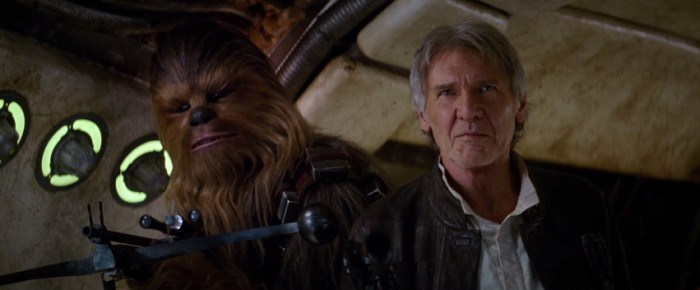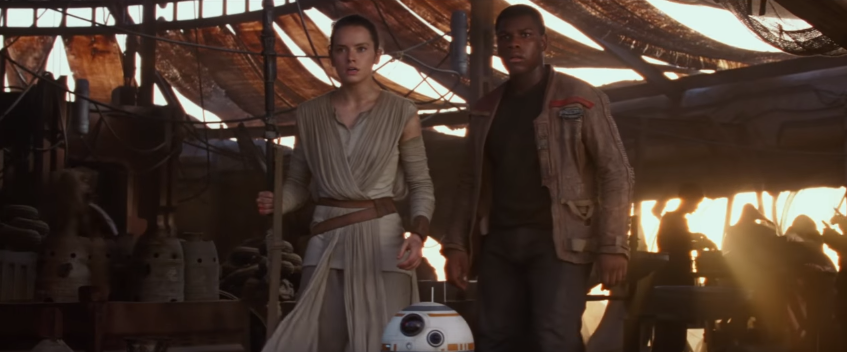
When the Disney purchase and the sequel trilogy were announced, my immediate reaction was to be much more excited about the prospect of non-Episode “spinoff” Star Wars movies than about The Force Awakens, then just Episode VII. The Expanded Universe had told all manner of interesting stories in the Galaxy Far Far Away through the tropes and traditions of other genres, and not only did that sort of grab-bag approach appeal more to me off the bat, it just felt safer. Making an “Episode VII” was at best a necessary evil, something that had to be done to establish that this new generation of Star Wars films was as big of a deal as the first six and not just “The Further Adventures of…”; never mind the seemingly monumental task of getting all the original actors back and up to snuff, and never mind what that story might mean for the EU.
For a long time, though, I’ve been hearing whispers (and, I’m sure, lots of baseless speculation) that Disney had no intention of just making a sequel trilogy—the sequels weren’t just a thing they had to get out of the way, they were going to steer the boat, and if all went according to plan there’d be not three but at least six of them. Oy, I thought, Episode XII? Even leaving aside the presence of Anakin Skywalker, Chosen One and Almighty Main Character, making an “Episode” of Star Wars is a high bar, and brings with it all manner of expectations, from an in media res opening crawl to a John Williams score all the way to shot composition and wipes. Releasing an indefinite number of those would at best be a much bigger challenge than the spinoffs (which could at least succeed or fail on their own terms), and at worst, in comparison, would become boring.
Anyway, that was how I felt up until maybe six months ago. And now that I’ve seen The Force Awakens and lived with it for a bit, I think I get it: Star Wars is a serial again.
![The-Force-Awakens-Frame[1]](http://eleven-thirtyeight.com/wp-content/uploads/2015/12/The-Force-Awakens-Frame1-1024x426.jpg) (needless to say, spoilers for The Force Awakens ensue)
(needless to say, spoilers for The Force Awakens ensue)


